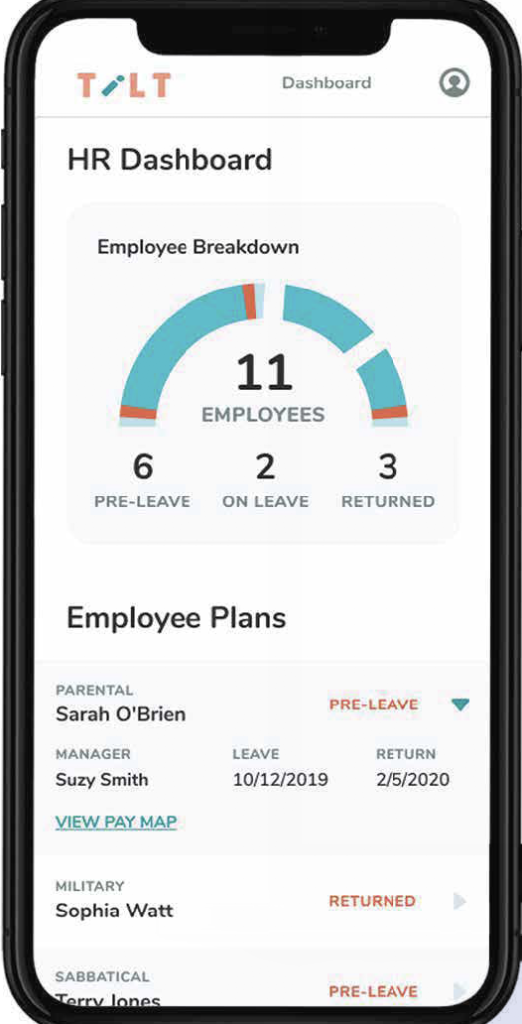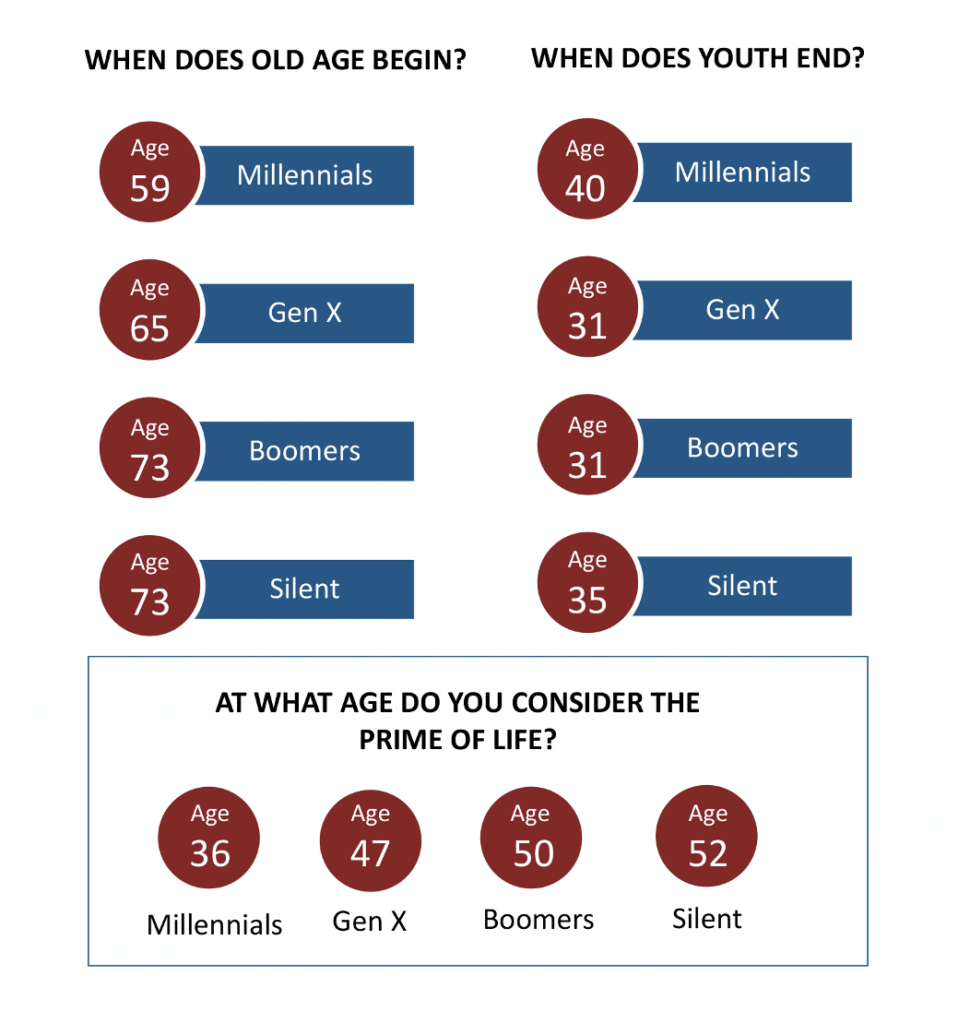This week on the Weekly Dose I take a look at the startup employee leave technology Tilt. Tilt is reimagining Leave Management to help companies improve retention, streamline processes and reinforce corporate culture.
Let’s face it, most organizations use an Excel Spreadsheet to track company employee leave. No judgment! The vast majority of organizations have tracked leave this way since the invention of Excel! Before that, it was written files. But, now, thanks to Tilt there is a more elegant way to administer employee leave that helps all the stakeholders.
You might be thinking, “do we really have a problem tracking leave?” Maybe not, but leave is more than just HR tracking it. You also have the employee who is on leave, and the manager of the employee who is on leave, who often feel in the dark the entire process.
What I like about Tilt: 
– One easy platform to streamline all of your employees leaves into one place where all parties can log in the get the information they need. Super easy to add an employee to leave, and each employee has their own access to track and get answers they need while on leave.
– Fully compliant, in every state, so a perfect solution for those organizations that are multiple states and find it hard to keep up on changing legislation. Tilt helps ensure you stay in compliance and don’t’ find yourself in legal hot water.
– Tilt guides help employees and managers through the process, lowering the amount of time and questions leave administrators have to deal with on an ongoing basis. Also, integrates auto-nudges to ensure both employees and managers do what they need to do, when they need to do!
– Direct communication from employees, managers, and leave administrators that are logged within the platform to ensure all communication is tracked and documented. Plus, great, ongoing manager education around the do’s and don’ts in having an employee on leave.
– Tilt works with every client to review and update leave policies and plans, to ensure your leave plans are built on what’s best for your organization and your culture.
I really like what Tilt is doing. Organizations big and small struggle to administer leave in a really easy way and most of the time all the company leave knowledge is usually stuck in one person’s brain. Also, administering leave is a complicated job, the more employees who have on leave, and the more states you must administer it in.
Pre-leave, leave, and post-leave, you, your employees, and your managers will have the information they need when they need it. All the while the tech helps you stay compliant, saving you time and money. Well worth a demo, especially for those companies managing leave in multiple states.


